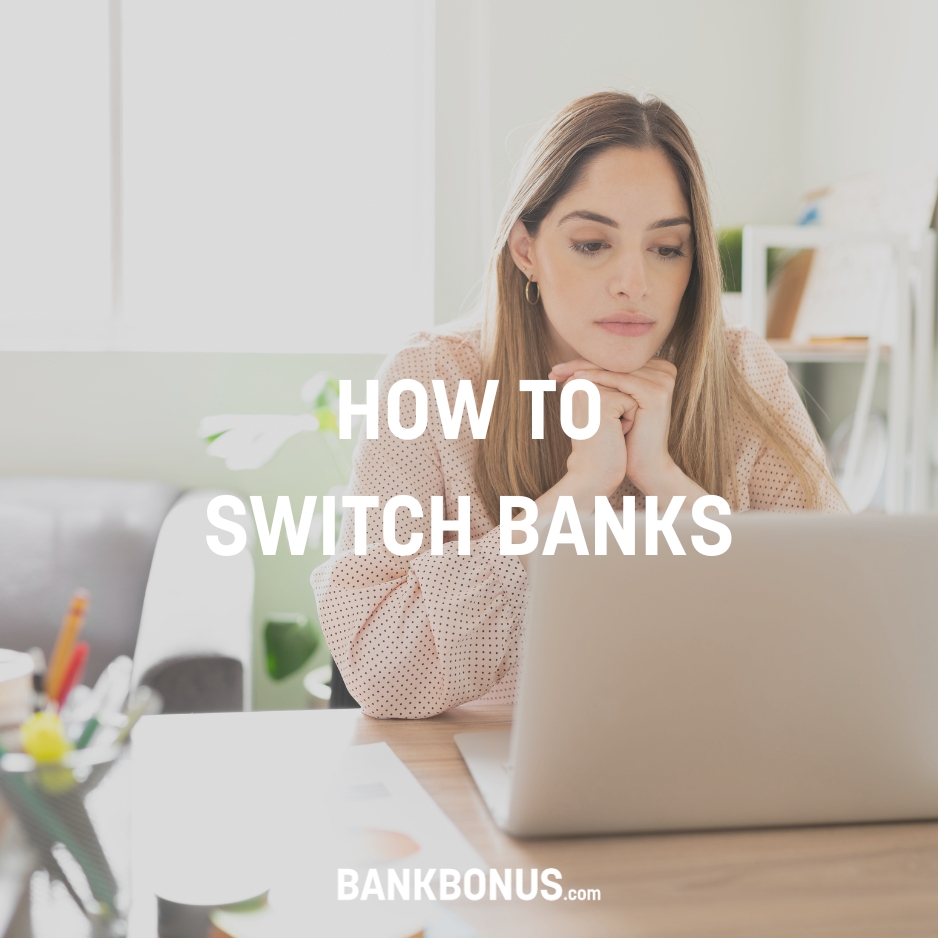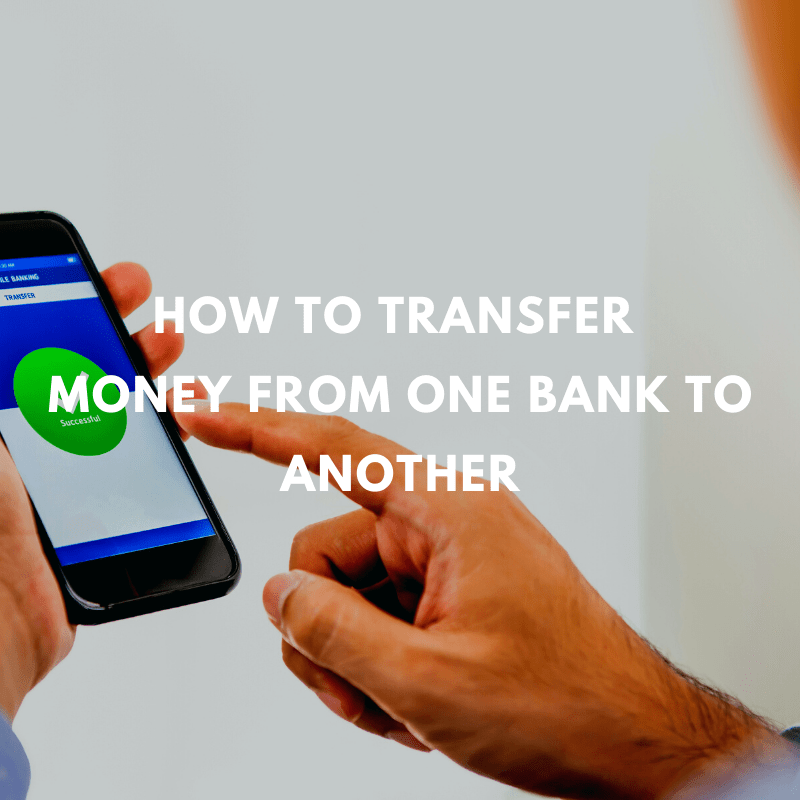A certified check can be helpful when you have to make a large purchase, as it can be risky to carry large amounts of cash. It also provides a guarantee to the payee that the check won’t bounce, while basic personal checks do not.
Before certifying the check, the issuing bank will ensure enough money is in the selected account. After certifying the check, the bank or credit union earmarks these funds and guarantees the account holder can’t spend those funds elsewhere.
Certified checks ensure the recipient that the bank has verified the check and the availability of funds to back it. This guide will cover everything you need to know about certified checks, in addition to other secure forms of payment.
What’s a Certified Check?
A certified check is a type of check issued by a financial institution and guaranteed by the account holder’s bank or credit union. The issuing financial institution freezes the funds in your bank account and holds them until the payee cashes the check.
This guarantee provides a level of assurance that the check won’t bounce and the account holder has sufficient funds.
A certified check guarantees the issuing bank has the funds to pay the specified amount, while a personal check is drawn directly against the funds available in the account of the payer.
This key difference eliminates the risk of insufficient funds or a bounced check, making it a more secure form of payment for large transactions.
Certified Check vs. Cashier’s Check
While both certified and cashier’s checks offer a similar level of security, they differ in the source of the funds. A cashier’s check is issued using the bank’s funds, while a certified check is drawn against the payer’s personal account.
Benefits of Certified Checks
There are several benefits of using certified checks, including but not limited to protecting your account numbers, minimizing check fraud, and safeguarding vendors from bad checks.
Safety and Security Features
Certified checks offer a high level of security and protection against fraud. These checks are issued by a bank and are backed by the bank’s funds, making them a secure form of payment.
To ensure authenticity, certified checks include security features such as watermarks, special paper, and unique identification codes. These features make it difficult for counterfeiters to replicate, providing reassurance to both the payer and the payee.
Situations Where Certified Checks Are Beneficial
Certified checks are particularly useful when the vendor only wants to use payment options with guaranteed funds and they don’t accept credit cards.
You may use a certified check to pay a down payment, submit a deposit to a home improvement contractor, or complete transactions with unfamiliar parties.
Certified checks can add an extra layer of security for the payer when making a significant purchase from an unknown individual, as it doesn’t give them access to your debit card or allow them to make unauthorized withdrawals.
Risks of Certified Checks
Certified checks are generally considered secure, but they are not immune to fraud. Some scammers produce counterfeit or altered certified checks that appear legitimate.
They often target individuals selling high-value items, providing the fake check as payment and then requesting a refund of the overpaid amount. It’s essential to be cautious when accepting certified checks, especially from unknown parties.
If you suspect that you’ve received a fake certified check, there are steps you can take to verify its authenticity. Contact the issuing bank directly to confirm the legitimacy of the check.
Do not rely solely on the contact information provided on the check, as scammers may provide false information.
Additionally, consider involving law enforcement if you believe you’ve been targeted by a fraudulent certified check scheme. Always exercise vigilance and verify the validity of any certified check you receive.
How to Get a Certified Check
Step-by-Step Process of Obtaining a Certified Check
To obtain a certified check, visiting a bank where you hold a checking or savings account is best, but you can go to any financial institution. Double-check that they’re a member FDIC or NCUA institution so you’re not vulnerable to scams.
Inform the bank teller that you need a certified check and the specific amount. You will then need to provide sufficient funds to cover the certified check amount.
The bank will set aside the funds in your account and issue a certified check payable to the recipient. When the payee deposits the check, the funds will be available for them as soon as the next business day.
Required Identification and Documentation
When obtaining a certified check, you will need to provide valid identification, such as a driver’s license, passport, or state-issued ID. Additionally, you may be required to provide the recipient’s name and the exact amount for the certified check.
Some banks may require additional documentation, so it’s advisable to call ahead or check the bank’s website for specific requirements.
Fees Associated With Certified Checks
Banks typically charge a fee for issuing a certified check. The fee can vary from one bank to the next, and the amount of the check can impact the cost. It’s essential to inquire about the fee beforehand to avoid surprises, but you can generally expect to pay about $15. Some banks and credit unions offer discounts if the check writer holds an account at their institution.
Additionally, there may be a fee if the certified check needs to be canceled or reissued.
Remember to inquire about the fees associated with certified checks when obtaining one to ensure you are prepared for any additional costs.
How to Inspect a Certified Check
When receiving a certified check, it’s essential to scrutinize it for various verification marks to confirm its authenticity. Look for watermarks, security threads, and specific paper quality that are difficult to replicate.
Genuine certified checks often include intricate designs or microprinting that are challenging for counterfeiters to mimic.
Furthermore, pay close attention to the font and clarity of the printed information. Legitimate certified checks typically display sharp and clear printing, whereas fake ones may exhibit smudged or blurry text.
In addition to recognizing the physical attributes of a certified check, it’s crucial to verify it with the issuing bank. Contact the bank directly through their official customer service channels to confirm the legitimacy of the certified check.
Provide the check details, such as the check number, amount, and the name of the payer, to the bank representative for thorough validation.
Banks employ sophisticated verification processes and databases to confirm the authenticity of certified checks. They can cross-reference the check details with their records to ascertain its legitimacy.
Alternatives to Certified Checks
When making secure payments, you may also consider alternatives to certified checks. Two common alternatives include money orders and electronic payments, each offering its own set of advantages.
Money Orders
Money orders are similar to checks, but they are prepaid and are typically considered more secure than personal checks. When purchasing a money order, the issuer will be assured that the funds are already available, making it a reliable form of payment. Money orders are often used for transactions where the payee may not accept personal checks or where a higher level of security is desired.
Advantages of Money Orders:
- Security: Money orders are usually more secure than personal checks as the funds are prepaid, and the check doesn’t include account or routing numbers.
- Scam Protection: Many payees prefer money orders as the issuer guarantees them, making them less susceptible to fraud.
- Widely Accepted: Money orders are as widely accepted as cash, making them a convenient alternative to certified checks.
Electronic Payments
With the advancement of online banks, electronic payments, and direct deposits have become increasingly popular due to their convenience and efficiency.
Electronic payment options, such as bank transfers, online bill pay, and digital wallets, offer a seamless way to transfer funds securely without the need for physical checks or money orders.
Advantages of Electronic Payments:
- Speed: Electronic payments are often processed faster than traditional payment methods, providing immediate access to funds for the payee.
- Convenience: Transferring funds electronically can be done from the comfort of your home or through mobile banking apps, offering convenience and flexibility.
- Security: Many electronic payment methods utilize encryption and multi-factor authentication, enhancing the security of transactions and protecting sensitive financial information.
By understanding these alternatives, you can choose the payment method that best suits your needs, whether it’s for a large purchase, rent payment, or any other financial transaction.
Bottom Line
A certified check is a secure form of payment backed by the payer’s bank or issuing financial institution. It guarantees sufficient funds, so the check won’t bounce.
This guarantee often makes it the preferred payment option for transactions involving significant sums of money. While certified checks offer security, remaining vigilant for potential fraudulent checks is crucial. If you are ever suspicious, you can verify the check by calling the issuing bank’s phone number or asking for an official bank check.
By understanding the nature and benefits of certified checks, you can make informed financial transactions that protect your account and provide peace of mind to the payee.





No comments yet. Add your own